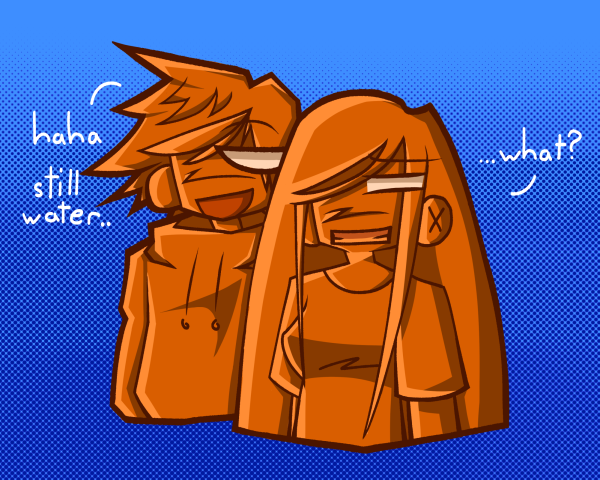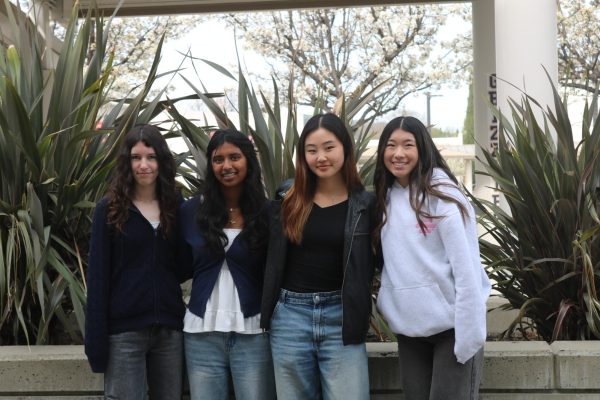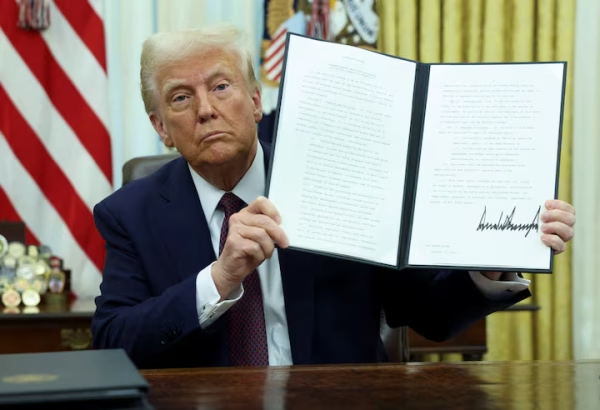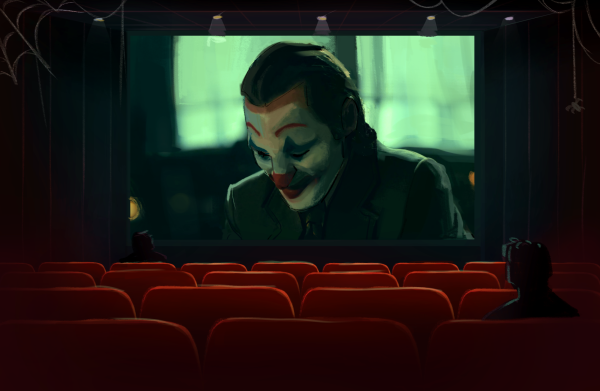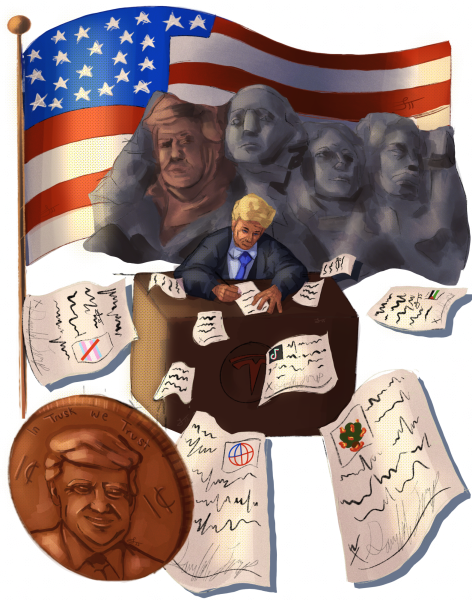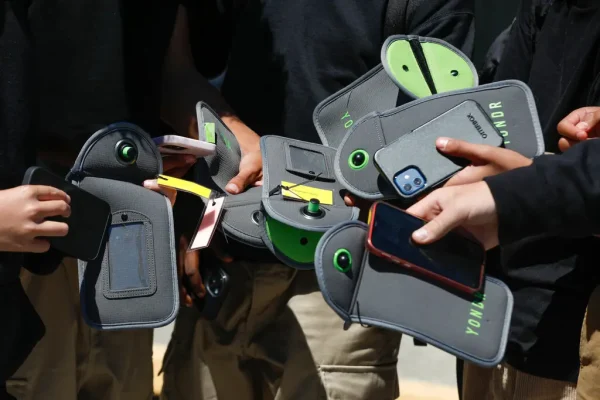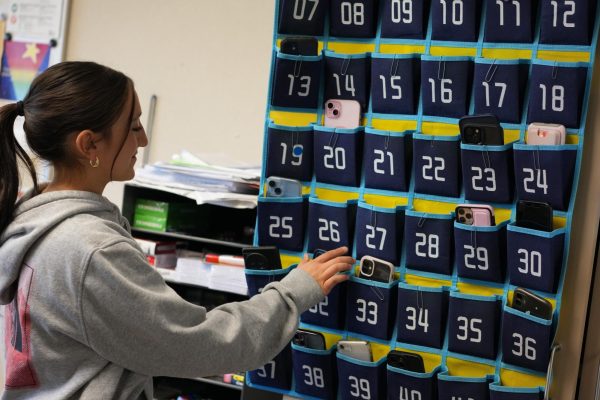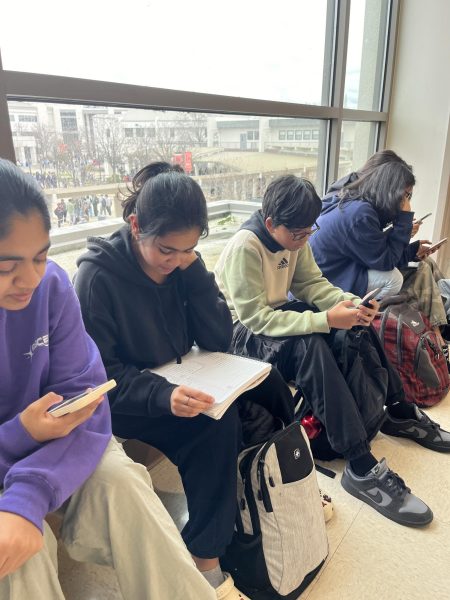Teachers adjust lessons, discussion to address historic moment
To add to the stress of learning and teaching on an online format because of COVID-19, both students and teachers faced another unprecedented event on Jan. 6, when the Capitol was breached by a group of President Trump’s supporters.
Despite Washington, D.C. being 2,813 miles from San Ramon, teachers took the initiative to give students space in their classrooms to discuss and process the event.
“I stopped in the middle of my lesson on [Jan. 6] so we could check out the newsfeed about the breach for a few minutes,” biomedical sciences teacher Joanna Condon wrote in an email.
For the rest of the week, other teachers joined in by trying to provide a safe space for students to discuss. One of them was English teacher Eghosa Hamilton, who has regularly advocated for discussion of current events in the classroom.
“What should be a constant in every teacher’s classroom is giving space to talk about what’s happening in the world,” Hamilton said. “My philosophy is that in all of my classes, we should bring in student voice and curriculum relevant in the real world.”
Hamilton adjusted her lesson plan, cutting her original lesson to make time for breakout rooms in order for students to discuss in smaller groups.
AP U.S. Government and Politics and World Geography teacher Brandon Andrews changed his entire lesson plan for the two days following the riots at the last minute to address the events at Capitol Hill. His lessons consisted of having students write letters to their future selves to deeply analyze their thoughts about the riots, as well as lecturing his students on how the riots related to class material.
“I thought it was interesting to write an email [to ourselves] in the future because we were literally living through a page that will be in future history books,” Andrews wrote in an email. “I think that it is very important to both connect students to, and give context to, political events that impact students. Every teacher tackles current events differently, and my personal belief is that each teacher should lean into their natural style.”
US and World History teacher Benjamin Andersen left the floor open the day after the riots, giving his students the freedom to openly discuss with their peers.
“I think it’s important for students to voice their reactions and what they felt,” Andersen said. “A lot of students were very surprised, especially students that were involved with Black Lives Matter protests in the summer.”
While many teachers adjusted their lesson plans during the first week of second semester to account for current events, some teachers and students call for an increase in naturally implementing current events into the classroom.
“Something we can learn from this is to allow for more open discussion on political topics,” senior Kimi Shirai said. “It’s important that we’re all informed on what’s happening… it’s just that many youth are more focused on their grades or homework rather than watching the news.”
In Andrews’ government and history classes, he tries to emphasize that students can bring in current event discussion at any time, rather than attempt to create a separate curriculum whenever a particular incident occurs.
“It’s incredibly important that all teachers recognize what is happening in our world,” Shirai said. “At the end of the day, we’re at school to learn skills that we will learn in the real world, and in the real world, politics and world events exist. We should learn to use our skills to eventually improve the lives of [others]. We can only do that if we know we don’t just live in the bubble that is San Ramon.”
Statistics teacher Robert Allen, stopped class to show his students pictures of the events unfolding at the Capitol.
“There was one picture of this guy carrying the Confederate flag in the Capitol,” Allen said. “I stared at that picture for a long time. What I did the next day was I told my class ‘I grew up in the South, I grew up with the Confederate flag, it was literally part of the Georgia state flag.’ It took me a while to admit that the flag was a symbol of oppression, to intimidate, and I’m looking at that man in the Capitol and that flag is there just to intimidate, it’s not celebrating any history, it’s intimidation.”
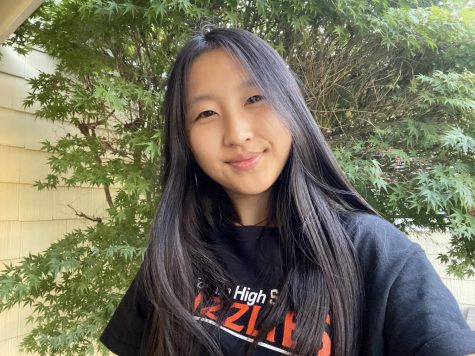
Senior Christine Oh and third-year newspaper student is thrilled to serve as co-Editor in Chief for The Californian. She loves to travel, meet new people,...
Nima is a senior at Cal High. This is his third year in the Californian and his second year as a Photography Editor. He has a passion in the biological...

